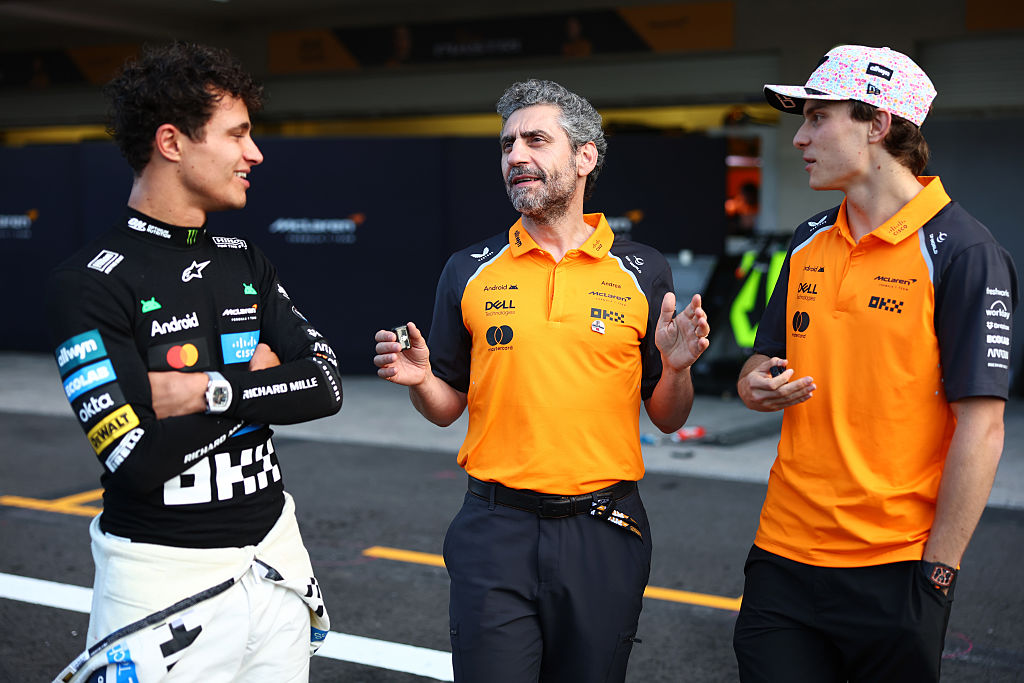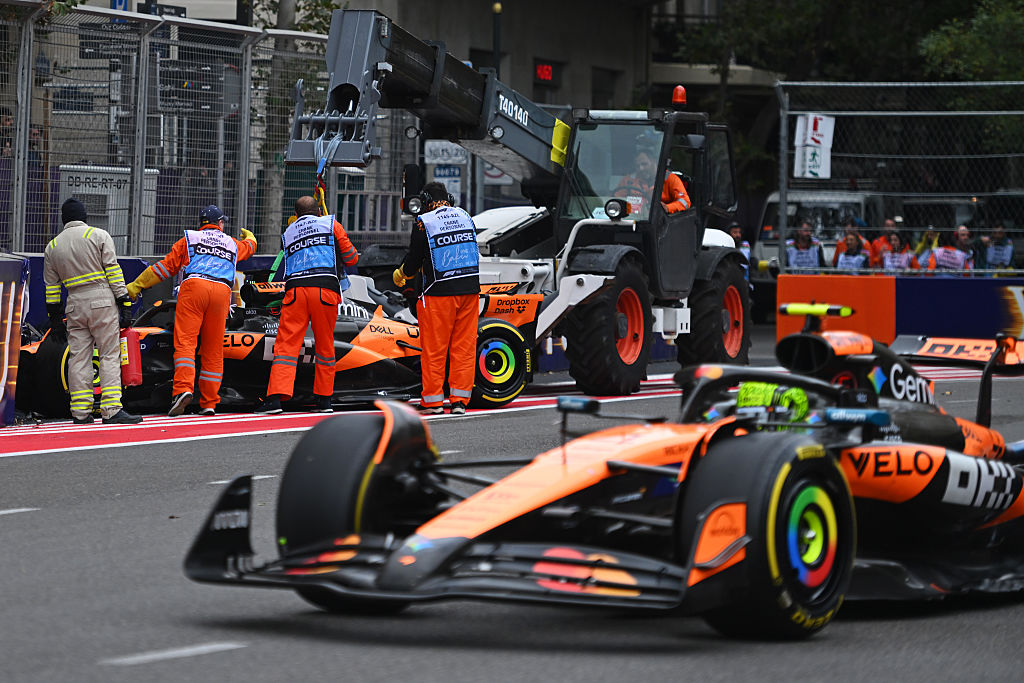In a season that has shocked us all in recent weeks with the re-emergence of Max Verstappen as a true championship contender, perhaps even more surprising has been the drop-off in form from Oscar Piastri.
The Australian has been unflappable for much of this season. His ninth place in the opening race in Melbourne – earned with a stunning move on Lewis Hamilton on the final lap after sliding out of a fight for the win as rain hit – was followed by a remarkable run of podiums and wins that had only one interruption from China to Monza: a fourth place in Canada.
So how is it that Piastri has failed to finish on the podium since that third place in Italy?
Azerbaijan felt like an anomaly at the time, when a scrappy weekend spiraled into a jumped start and first-lap retirement, as Piastri tried to make up for his earlier errors. But Singapore was a return to form of sorts, outqualifying Lando Norris and finishing one place and two seconds behind his teammate after a close call off the line.
It’s the last two rounds at Circuit of The Americas and Mexico City that really stand out, as a battle between the two McLaren drivers that previously ebbed and flowed within a tenth of a second either way, has given way to a significant advantage for Norris.
McLaren team principal Andrea Stella has one explanation, that certainly tallies with the low-grip nature of the Mexico weekend.
“After qualifying, we reviewed everything with Oscar extensively from a data, comment, and video point of view,” Stella said. “And I think we extracted some important information in terms of how the car needs to be driven in these special low-grip conditions that we are facing here in Mexico. So, similar conditions to Austin as well.
“And it looks like in this regime, you have to drive the car in a way that adapts to the fact that the car slides a lot and can slide and [still] produce lap time. And this is not necessarily the way in which Oscar feels naturally that he is producing lap time.”

Stella’s balancing act between Norris (left) and Piastri has taken another turn of late. Andy Hone/Getty Images
Prior to qualifying in Mexico, that was a summary that was not fully accepted by Piastri’s team, who felt the gap in Austin was telling. A year ago, Piastri crossed the line six seconds behind Norris, showing he could handle similar conditions. But this time around, he was 22 seconds back.
This is a different McLaren car to a year ago, though, and Stella – keen to ensure Piastri’s development curve is remembered by pointing out he is still in just his third year in Formula 1 – says the Australian is already finding ways of adapting his driving style to counter his struggles.
